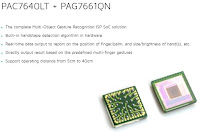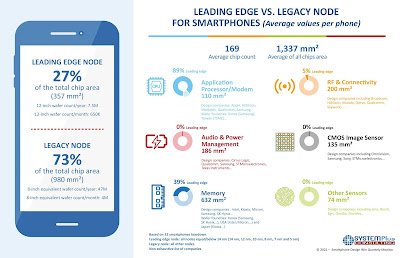How did you overcome the problem of the incompatibility between the extinction ratio and transmittance?
Yamazaki: Initially, the gaps between the fine strips of polarizer were filled in with oxidation film from the viewpoint of the stability and reliability of the processes, but it turned out that this method was an obstacle for solving the incompatibility problem. Theoretically, both the extinction ratio and transmittance can be improved by making the polarizer sufficiently finer than the light wavelength (i.e., thinner wire grid and narrower gaps), but there is a technical limitation in metal processing. Moreover, the wavelength becomes shorter as the light passes through the oxidation film. We realized that this structural configuration demanded even finer polarizer.
We then came up with the idea to empty the gaps in a polarizer, what we called the air-gap structure. This innovative structure made it possible to solve the problem of incompatibility between extinction ratio and transmittance.
One problem was solved, but an array of other challenges awaited. For example, establishing the stability and reliability of the air-gap structure, nano-order processing to realize a multi-layered structure of polarizer, and mounting this infinitesimal structure on an uneven surface of the image sensor.
What are the future possibilities for polarization image sensors?
Kato: Controlling light is an important factor in obtaining polarization information. We expect that the sensor will be introduced initially in factories, where they are able to control light sources.
For the manufacturing industry, the sensor should hopefully be leveraged more in inspections. Potentially, the polarization image sensor can make significant contributions to such inspections that previously could not be automated or were impractical with ordinary image sensors.
Another promising solution it can offer is the reflection removal on vehicle windows for ITS. Conventional polarizing filters are ineffective for removing reflection on certain vehicle models. I hear that there were some ITS projects that were not realized due to this problem. I hope that our polarization image sensor will make a breakthrough for such cases.
What would you like to try in the future?
Yamazaki: There are the advantages unique to polarization image sensors, but there is a disadvantage in the current state of the device as well, which is that mounting a polarizer compromises the sensor’s sensitivity and image resolution. I would like to pursue the development of a polarization image sensor that overcomes this issue of compromised sensitivity and resolution, broadening the application of this sensor.

















































